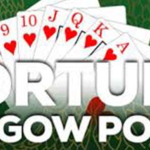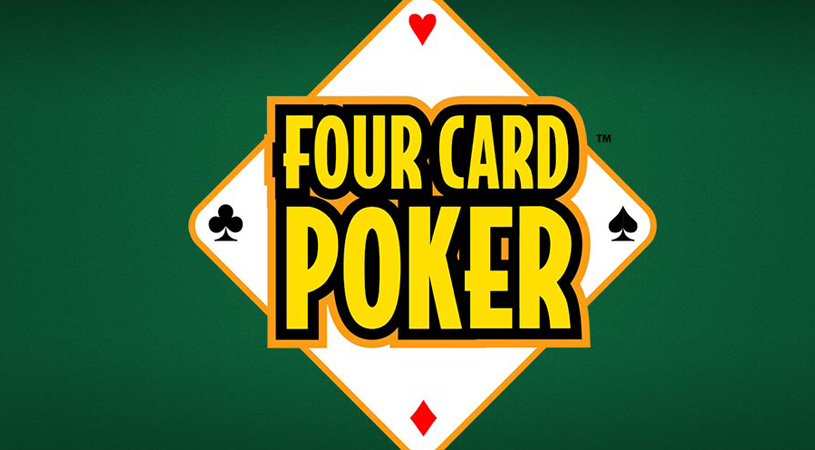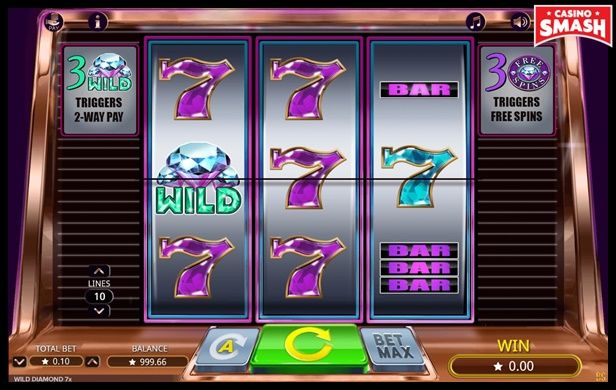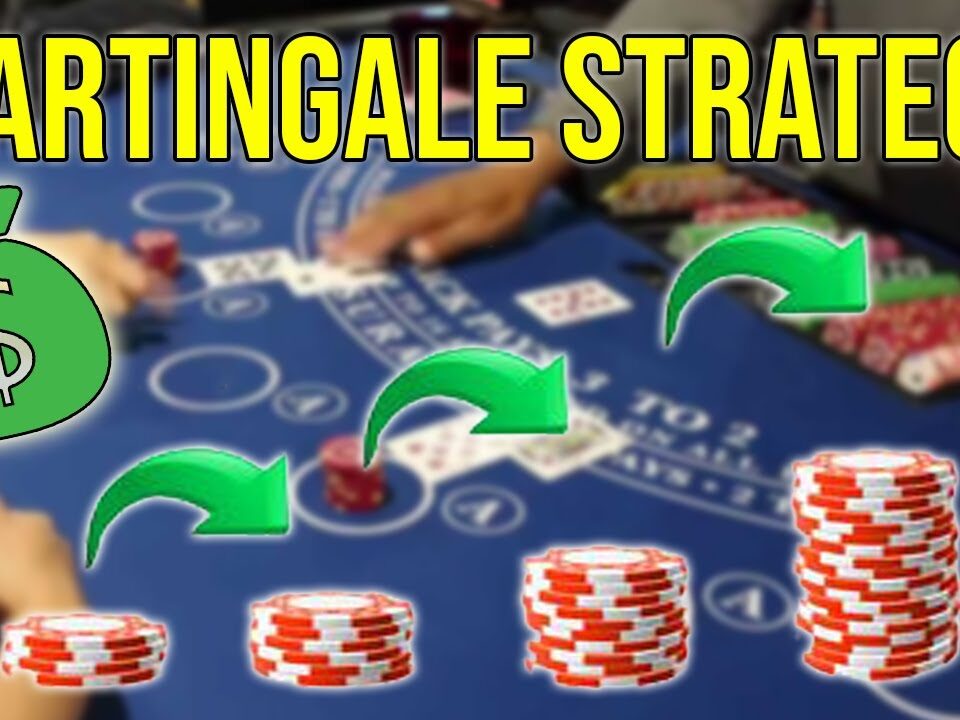
How to Play Fortune Pai Gow Poker
November 16, 2023
How to Play Ultimate Texas Holdem
November 16, 2023You’ll also find other casino card games, many centered on the poker there. Case in point – Four Card Poker was invented by Roger Snow and operated by Shuffle Master. Four Card Poker isn’t played against other players, unlike many forms of poker. Instead, each participant squares off against the house.
Please visit Caesars to check out the industry-leading bonuses, incentives, and latest gaming opportunities!
The goal is simple. Make a better four-card hand than the dealer. As soon as the bets are placed, each player is dealt five cards face down. The dealer receives five cards face down but also gets a sixth card face up. The hands rank the same as in other poker games. From lowest to highest, they are:
High card
Pair
Two Pair
Straight
Flush
Three-of-a-Kind
Straight Flush
Four-of-a-Kind
There are two different bets in Four Card Poker – the ante bet and “aces up.” You have to place a bet on at least one of them. You are also allowed to place bets on both. Aces Up is a side bet wagering that your hand will contain a pair of aces or better.
You’ll get paid 1 to 1 on your bet if you have a pair of aces. You’ll get paid out better odds if you make a better hand.
You lose your Aces Up bet if you fail to make a pair of aces or better. The Aces Up bet is independent of the ante, meaning it won’t matter what the dealer has. You’re simply betting on the strength of your individual hand.
After a player places their ante bet, they look at their cards. They should then survey the dealer’s line-up card. Next, they need to decide whether they want to play or forfeit.
If the latter, they push their cards to the dealer and sacrifice their ante bet. If they want to play, they must place a bet on the “Play” spot.
This format is unlike its Three Card Poker counterpart, which only allows for the play wager to be equal to the ante. In Four Card Poker, players can bet up to three times their ante.
If your hand goes on to beat the dealer’s, you will receive a 1 to 1 payout. If a tie occurs, the player wins.
In the rare instances where the dealer beats one of the premium hands, you still get paid!
If you place both ante and Aces Up bets and opt not to place a “Play” wager, you will forfeit the ante, but the Aces Up bet stands.
Once all wagers are made, the auction closes. The dealer then reveals all their cards and selects the best possible 4-card combination from their six cards.
Many casino card games require a qualifying hand for the dealer to play. For example, in Three Card Poker, the dealer must have queen-high or better to qualify. If they do not, a player’s ante bets are paid 1:1, but the “Play” wagers are returned.
The good news – you don’t have to worry about all that in Four Card Poker. There is no qualifying requirement.
Each hand plays, which means you’ll always be in action if you choose.
Some casinos offer a Multi-Link Progressive Wager in their casino card games. This deal extends to the Four Card Poker tables. It’s usually done as an optional $1 side bet where you aim to make Three-of-a-Kind or better to get paid.
If you’re lucky to make a Royal Flush, you’ll win the jackpot, often five or six figures.
If you make a Progressive Wager, you’re likely eligible for an “Envy” bonus. (Be sure to check with your casino to ensure this is the case.) You’ll get paid if another player at the table makes either a Straight Flush or Royal Flush.
For the former, you’ll usually receive $300; for the latter, $1,000, though sometimes it is even more!
The strength of your hand will speak for itself in Four Card Poker. For “Aces Up,” you table your hand and see what you have. Simple as that.
The key is carefully considering your five-hole cards and the dealer’s one-up card. For instance, the dealer shows a king, and you have a pair of kings in your hand. Chances are he won’t make a pair of kings.
Please visit Caesars to check out the industry-leading bonuses, incentives, and latest gaming opportunities.




